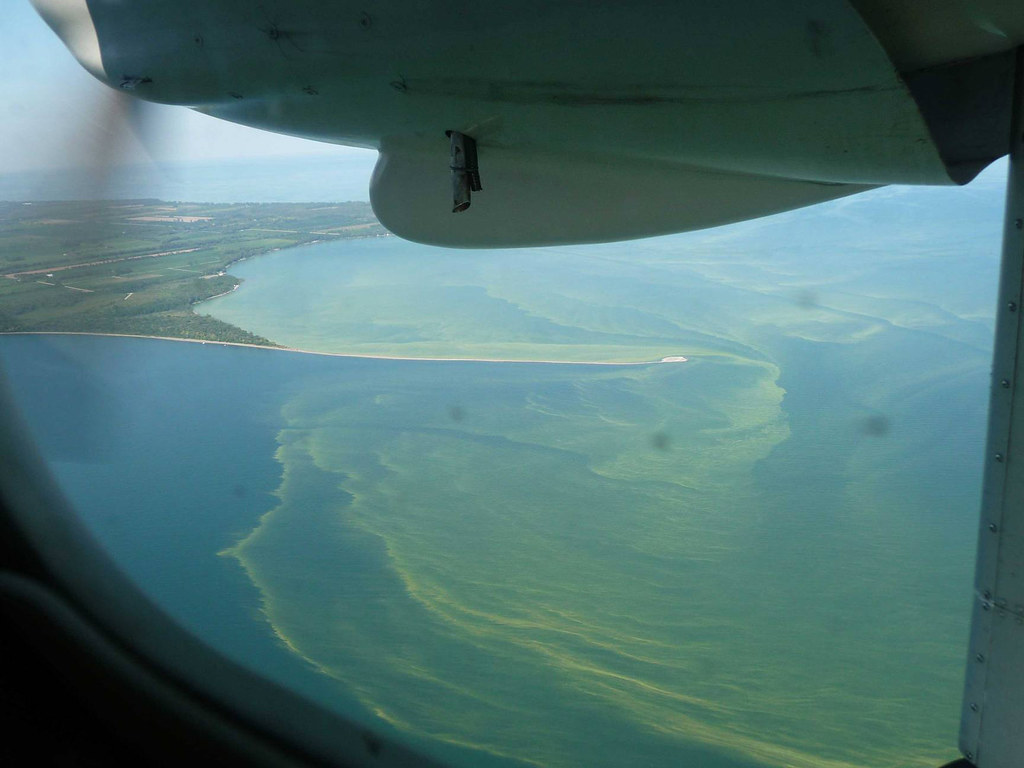New projects led by scientists and researchers from Ohio State University, the University of Akron and others were announced for the Ohio Department of Higher Education’s (ODHE) ongoing Harmful Algal Bloom Research Initiative (HABRI). They include: Track Blooms from the Source, Produce Safe Drinking Water, Protect Public Health and Engage Stakeholders.
With nearly $20.9 million in funding for more than 60 projects since 2015, HABRI has already made an impact on treating and preventing toxic algal blooms in Lake Erie and other bodies of water in and around Ohio.
“Lake Erie is an invaluable resource and a true treasure for the state of Ohio, and we have a responsibility to do all we can to preserve it and protect it,” says ODHE Chancellor Randy Gardner. “I’m pleased that our university researchers are collaborating to lead this endeavor.”
Previous projects revolved around the way data is collected for fish consumption advisories, creating warning systems for water treatment plants to help notice algae and more.
“Thanks in part to past HABRI projects, the primary threat of microcystin algal toxin to our Lake Erie-sourced drinking water has been greatly diminished,” says Dr. Thomas Bridgeman, professor of ecology at The University of Toledo, director of the UToledo Lake Erie Center and co-chair of the Harmful Algal Bloom Research Initiative. “Even under the best-case scenario, however, we are likely to be living with harmful algal blooms for many years to come.”
To learn more about the projects, visit ohioseagrant.osu.edu/research/collaborations/habs.



